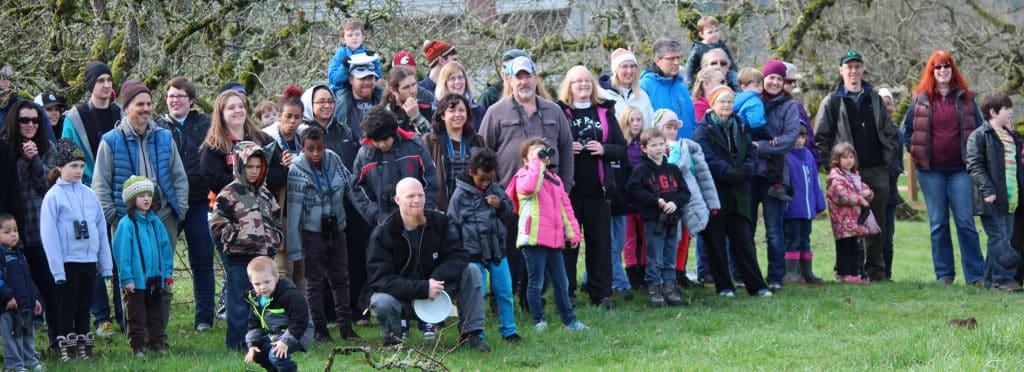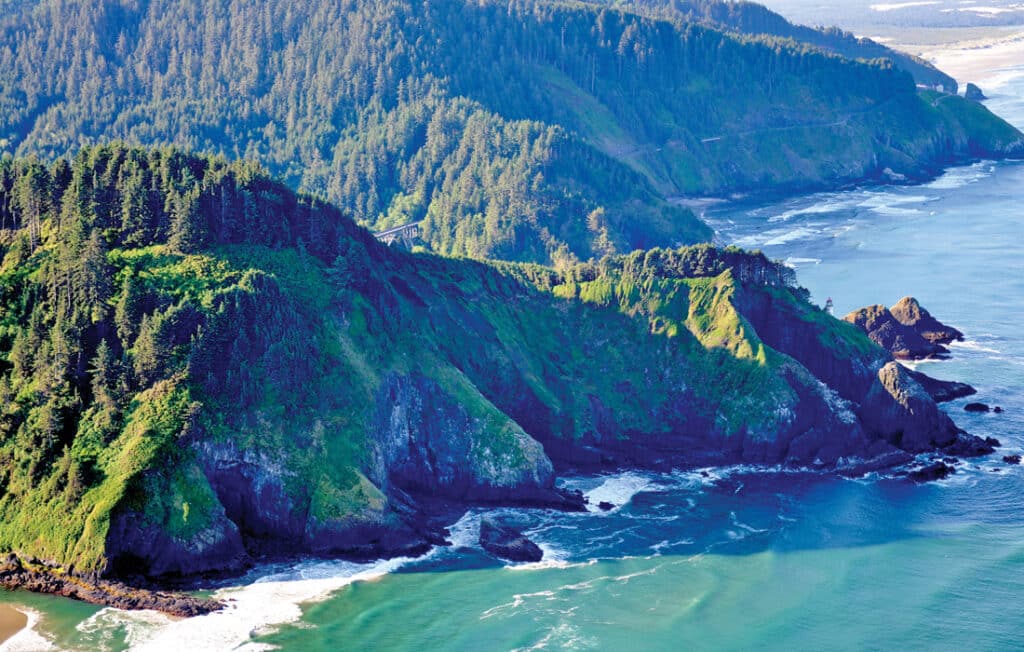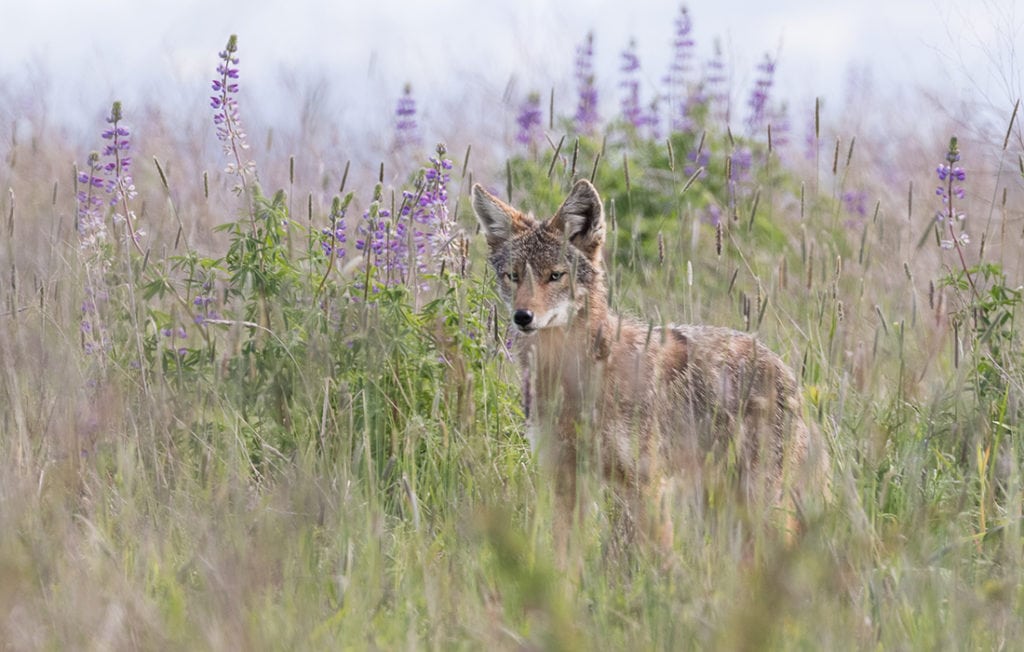
Last year, to the surprise of many in the Harney Basin, vegetation began to grow in the damp margins of quite-dry Malheur Lake. This year that vegetation expanded considerably. The waterbirds at Malheur, who’ve not had abundant nesting habitat in several years, took advantage of every bit of space.
There were at least two large White-faced Ibis colonies, with approximately 600-700 nests between them. The most interesting of the two was a colony that popped up in the tumbleweeds that had piled up on the lake and then become inundated. There were American Coot, Franklin’s Gull, and Forster’s Tern nests distributed widely across the lake, and many Black Terns took advantage of the more sheltered areas.
The abundance of vegetation and nesting birds was dwarfed only by the impressive numbers of juveniles later in summer, particularly in August. It seemed as though everywhere we looked there were hundreds of ibis, gulls, dabbling ducks, or coots, many of them juveniles. This glimpse of the former glory of Malheur Lake emphasized the importance of restoration efforts not only on the lake, but throughout the entire watershed and gave a much needed boost of hope to those of us working in the basin.
For now, we’re looking forward to the quiet of winter and to greeting the lake, and the birds, again in spring.



